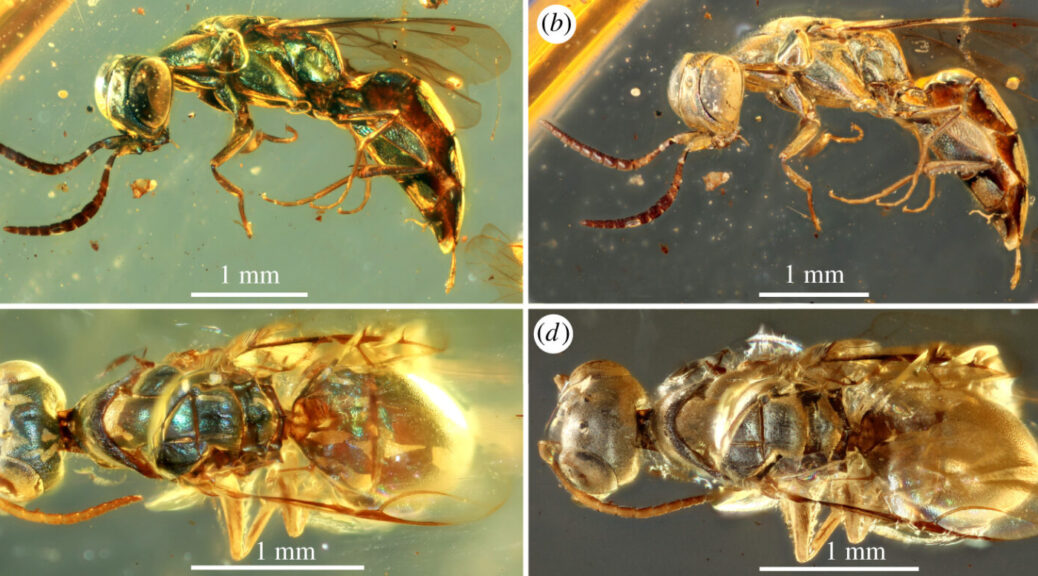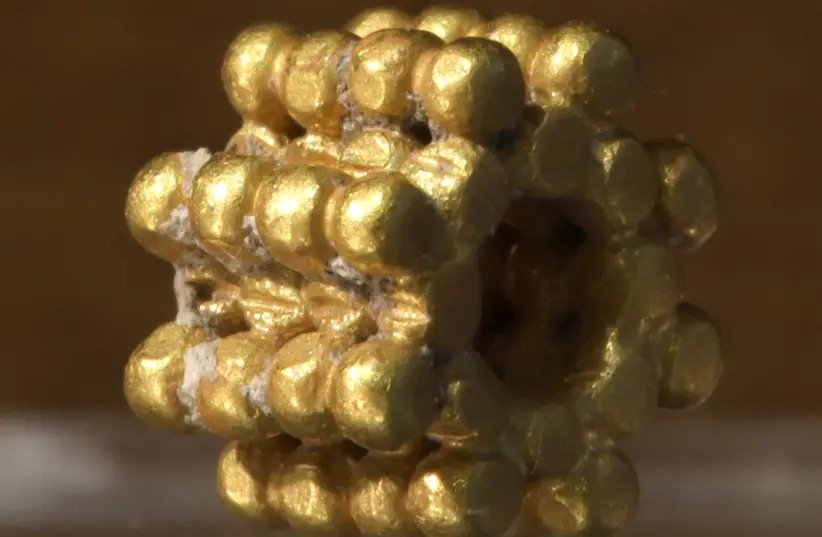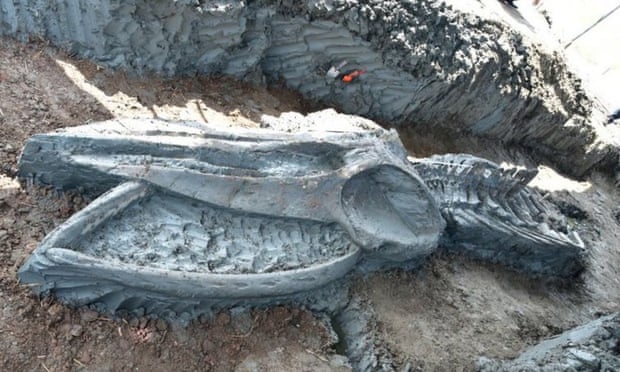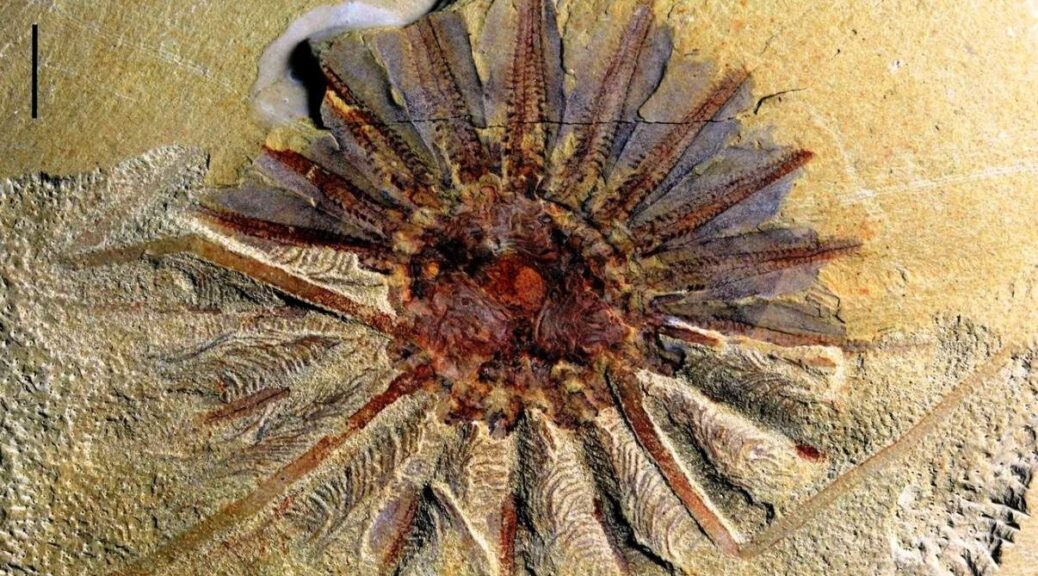Frozen Bird Found in Siberia is 46,000 years old
For the past 46,000 years, a small bird that perished in the last ice age was frozen, protected from deterioration and scavenger until the body in Siberian permafrost was found by two Russians searching for fossil mammoth tusks.
Love Dalén, a professor of evolutionary genetics at the Centre for Palaeogenetics in Stockholm, who was with the ivory hunters, Boris Berezhnov and Spartak Khabrov, when they spotted the bird, said that the bird was in such fine condition that it seemed “like it had] died just a few days ago,”
Dalén told Live Science in an email. “The bird is in pristine condition,” The discovery is remarkable, as “small animals like this would normally disintegrate very quickly after death due to scavengers and microbial activity.”
The frozen flier is a one-of-a-kind find, too: It’s the only near-intact bird carcass documented from the last ice age, Dalén added.
When the fossil hunters first uncovered the bird in September 2018, Dalén and his colleagues had no idea of the mystery bird’s age or species. So, Dalén “collected a couple of feathers and a small piece of tissue for radiocarbon dating and DNA sequencing,” he said.

He brought the ice age samples to his lab, where postdoctoral researcher Nicolas Dussex, the lead author of a new study on the bird, analyzed the remains.
Radiocarbon dating revealed that the bird lived during the same time as other ice age beasts, including mammoths, horses, woolly rhinos, bison, and lynx.
To discover the bird’s species, the researchers sequenced its mitochondrial DNA, genetic data that is passed down through the maternal line.
Although the bird’s mitochondrial DNA was fragmentary — there were “many millions of short DNA sequences,” Dalén said, a common occurrence in ancient specimens — the team was able to piece together these short sequences with the help of a computer program.
Then, the scientists took the finished mitochondrial DNA puzzle and searched for a match in an online database that has the genetic sequences of nearly every bird alive today. The results revealed that the ice age bird was a female horned lark (Eremophila alpestris).
This discovery sheds light on the transformation of the so-called mammoth steppe. When this bird was alive, the land was a mix of steppe (unforested grassland) and tundra (treeless, frozen ground), according to pollen records from 50,000 to 30,000 years ago.
When the last ice age ended about 11,700 years ago, the mammoth steppe transitioned into the three main Eurasian environments that exist today: the northern tundra, the taiga (a coniferous forest) in the middle, and the steppe in the south said Dalén, the senior researcher on the new study.
Nowadays, there are two subspecies of horned lark: “one living on the tundra in the far north of Eurasia and the other in the steppe in the south, in Mongolia and its neighboring countries,” Dalén said.

It appears that the newly discovered bird is an “ancestor of two different subspecies of the horned lark,” he said. As the environment changed, however, the horned lark diverged into the two evolutionary lineages that exist today, Dalén said.
“So all in all, this study provides an example of how climate change at the end of the last ice age could have led to the formation of new subspecies,” he said.



















